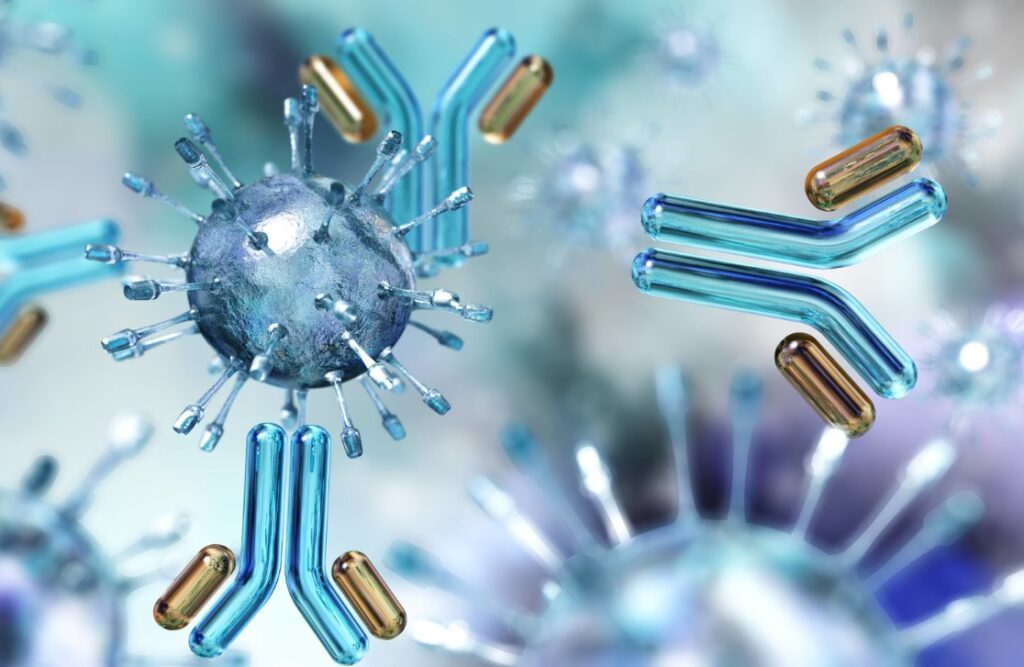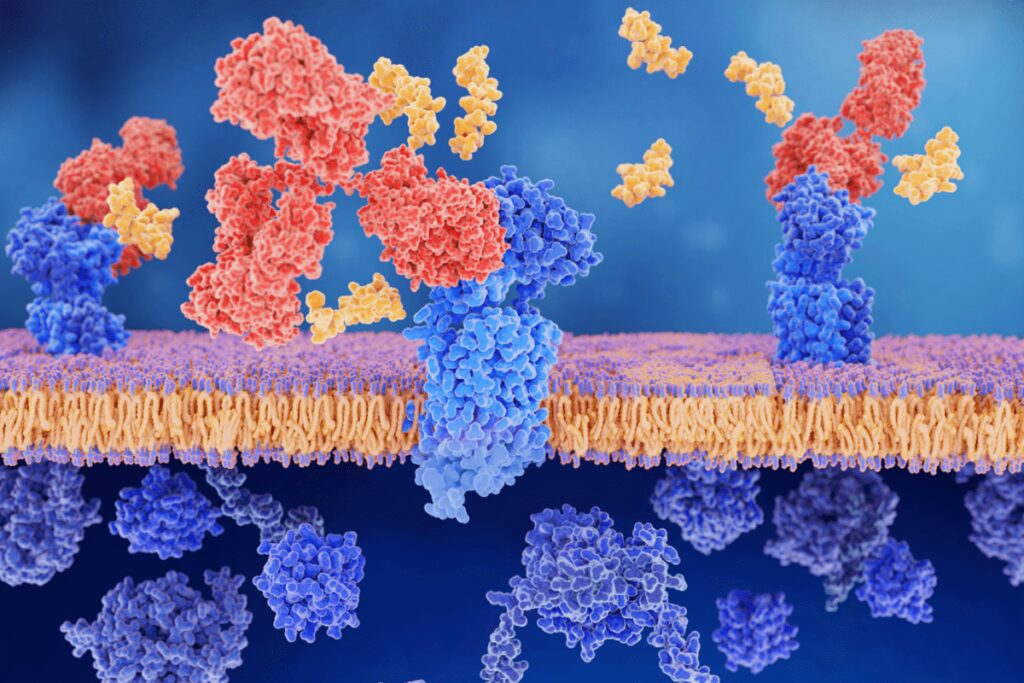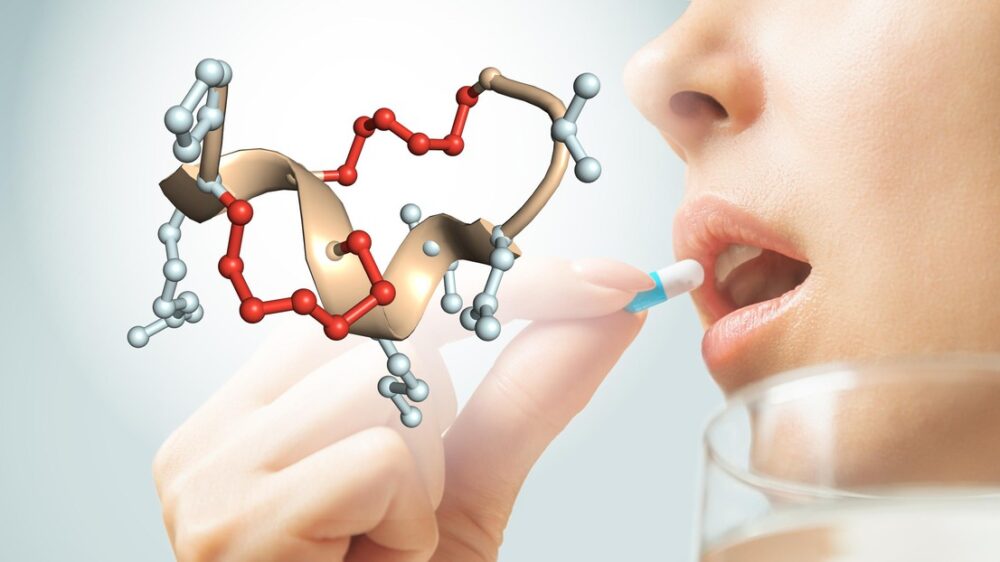The proteins are the base of any organism – human or animal. If you conventionally depict the structure of a protein, it will resemble a chain. The links of the chain are amino acid residues that are part of the protein. Such chains can be long or short. The last has a name – peptides.
You can hear the term “peptides” and many opinions about them for several decades. Short peptides are attracting more and more attention in biology, chemistry, and medicine because of their features. What is their benefit? Why epitalon supplement has become so popular?
Advantages of Short Peptides

Source: pharmann.eu
Peptides mean various compounds of natural or synthetic origin. The molecules of these compounds consist of amino acid residues connected by peptide bonds.
Peptides are important for the normal development and functioning of the human body. They are involved in different basic physical and biochemical functions, such as:
- formation of collagen;
- support for increasing skin elasticity;
- improvement of blood circulation;
- skin regeneration (healing of microcracks, removal of inflammation);
- control over the formation of melanin;
- normalization of the work of the organs of the cardiovascular system;
- improving the work of the digestive system;
- reducing the risk of oncological diseases;
- reducing the high risk of diabetes and obesity;
- removing heavy substances hazardous to health (radionuclides, salts) from the body.
Short peptides are universal and have a clearly defined direction of action. They can be called a kind of information engine that transfer information from one cell to another, thus ensuring their correct, coordinated work. If there are disturbances in the work of one cell, it is reflected in the work of the entire system.
The regular and correct intake of peptides restores the proper functioning of body cells – they get the opportunity to divide more. As a result of this process, old cells are replaced by new “strong” ones. Thanks to this:
- the immune system is strengthened;
- aging of the body is slowed down;
- protective functions are restored;
- sleep is normalized;
- the regeneration process is started;
- metabolism is restored;
- various negative influences are resisted.
As a result of scientists’ research and analysis of the main functions of peptides, it was found how they affect the human body, what is their role, usefulness and necessity.
The basis of aging processes (withering of the skin, appearance of wrinkles) is a violation of protein synthesis. Therefore, cosmetics are one of the most popular areas of application of these substances. Short peptides are included in many cosmetic products (for example, collagen-based anti-wrinkle creams). They are also widely used in the treatment of diseases (primarily, oncological ones).
Another area of using the peptides is sport. It is necessary to maintain the normal functioning of the cells of all organs and systems in the professional athlete’s body.
Disadvantages of Short Peptides

Source: waters.com
Despite the many positive features of peptides, you can also hear negative opinions from doctors. It is due to the lack of information about the risk of overdose (with the aim of a quick positive result) and possible individual reactions.
The main signs of a negative impact can be:
- manifestation of autoimmune diseases
- retention of excess fluid in the body
- a slight increase in blood pressure
- weakness.
But these signs are quite insignificant and do not require long-term treatment.
Although peptides in the human body are synthesized independently, their potential is noticeably depleted with age. Useful compounds are becoming less and less, and the need for them increases due to the natural wear and tear of tissues in adulthood. Therefore, there is a growing need to fill the deficit of peptides artificially – with the help of pharmacological preparats and cosmetics.
Future Directions and Challenges
The field of short peptides is rapidly advancing, with a multitude of potential applications in areas such as therapeutics, diagnostics, and materials science. However, there are also several challenges that must be addressed in order to fully realize the potential of these molecules.
Advances in Peptide Synthesis and Modification
One of the main challenges in the field of short peptides is the development of new and more efficient methods for synthesizing and modifying peptides. While solid-phase peptide synthesis has been the gold standard for decades, it is a time-consuming and expensive process that may not be practical for large-scale production.
New techniques such as flow chemistry and microwave-assisted synthesis have the potential to greatly accelerate the process of peptide synthesis, while also reducing costs.

Source: bachem.com
Optimizing Peptide Properties for Specific Applications
Another challenge in the field of short peptides is the need to optimize peptide properties for specific applications. For example, while some peptides may be highly specific and selective for a particular target, they may also be highly sensitive to changes in environmental conditions such as pH and temperature.
Similarly, some peptides may have excellent stability and resistance to proteolysis but may be unable to penetrate cell membranes. Developing peptides with the desired properties for a given application will require a deep understanding of peptide structure-function relationships, as well as new techniques for peptide design and modification.
Regulatory and Ethical Considerations
As with any new technology, there are also regulatory and ethical considerations that must be addressed in the field of short peptides. For example, there may be concerns about the safety and efficacy of new peptide-based therapeutics, as well as issues related to intellectual property and commercialization. Additionally, there may be ethical considerations related to the use of animal models in peptide research, as well as questions about the environmental impact of large-scale peptide production.
Challenges in Scaling Up Production
Finally, there are also practical challenges related to scaling up the production of short peptides. While some peptides may be synthesized on a small scale in a laboratory setting, producing large quantities of these molecules for commercial use will require new methods for purification, formulation, and delivery. Additionally, there may be challenges related to the storage and transport of peptide-based products, particularly if they require specific environmental conditions to maintain their stability.
Conclusion
In conclusion, short peptides offer a range of beneficial characteristics, including high specificity and selectivity, rapid diffusion and delivery, low toxicity and immunogenicity, stability and resistance to proteolysis, and modifiability and versatility.
With the potential for applications in therapeutics, diagnostics, and materials science, continued advances in peptide synthesis and modification, optimization of peptide properties, and addressing regulatory and ethical considerations will be necessary to fully realize the potential of these molecules.























